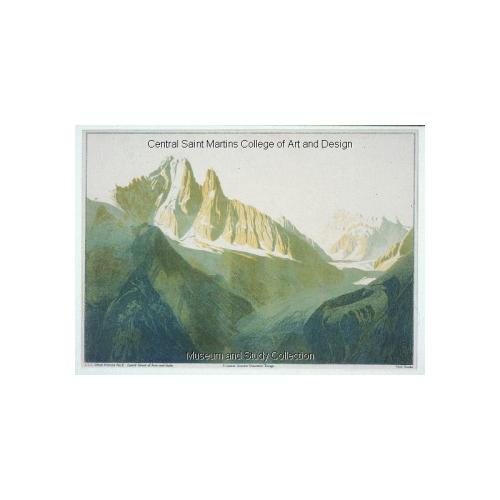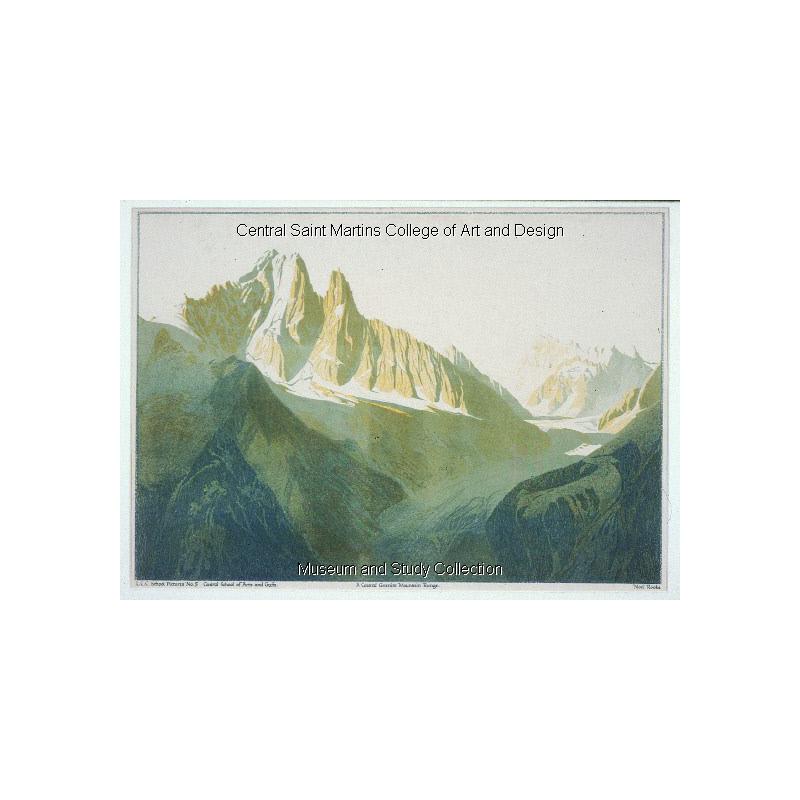
Noel Rooke
Noel Rooke was born in Bedford Park, London, where he lived all his life. His father was the watercolourist Thomas Matthews Rooke, who had acted as studio assistant to Edward Burne-Jones. In 1899, aged 18, he was employed by William Lethaby in the school holidays to make drawings of the Chapter House at Westminster Abbey. From then until 1903 he attended part-time art classes at the Slade School, and in 1904 joined R. J. Beedham's classes at the LCC School of Photoengraving and Lithography at Bolt Court. Dissatisfied with photo-mechanical process as a means of artistic expression, he resorted to wood engraving, having been encouraged by Lucien Pissarro to experiment with techniques including 'graduated' printing, woodcutting on the side-grain of boxwood, and colour printing. Since late 1899 he had been attending, with Eric Gill among others, Edward Johnston's revolutionary Writing and Illumination class at the Central School, and it was Johnston's principles of calligraphy which inspired him to make wood engravings on the same basis, in terms of the nature of the tools used. As a teacher he was largely responsible for raising the status of wood engraving as an independent graphic medium, but only after some opposition from within the School. From 1905 he was only able to teach woodcutting and wood engraving within book illustration classes, although in 1912 he was allowed to teach lettering and wood engraving in the Day Technical School. Despite being appointed Head of the School of Book Production, he was only finally able to establish a specific woodcutting and wood engraving class in 1920. He retired from the School in 1947.
Rooke's campaign to revive the medium on 'autographic' principles provided the impetus to the modern wood engraving movement. He made a lasting impression on his pupils. In particular he played a vital role in encouraging them to break into the world of publishing and in persuading commercial publishers to recognize the value of the medium. As a result of his efforts, his own output was comparatively small, consisting of line drawn, watercolour, and wood-engraved illustration to a few books, and various individual prints and posters, several of which reflect his passion for mountains.
He was a founder member of the Society of Wood Engravers in 1920 and in the same year was elected an Associate of the Royal Society of Painter-Etchers and Engravers. He was also
Honorary Secretary of the Arts and Crafts Exhibition Society. In 1932 he married one of his pupils, Celia Fiennes.
Author: JS
